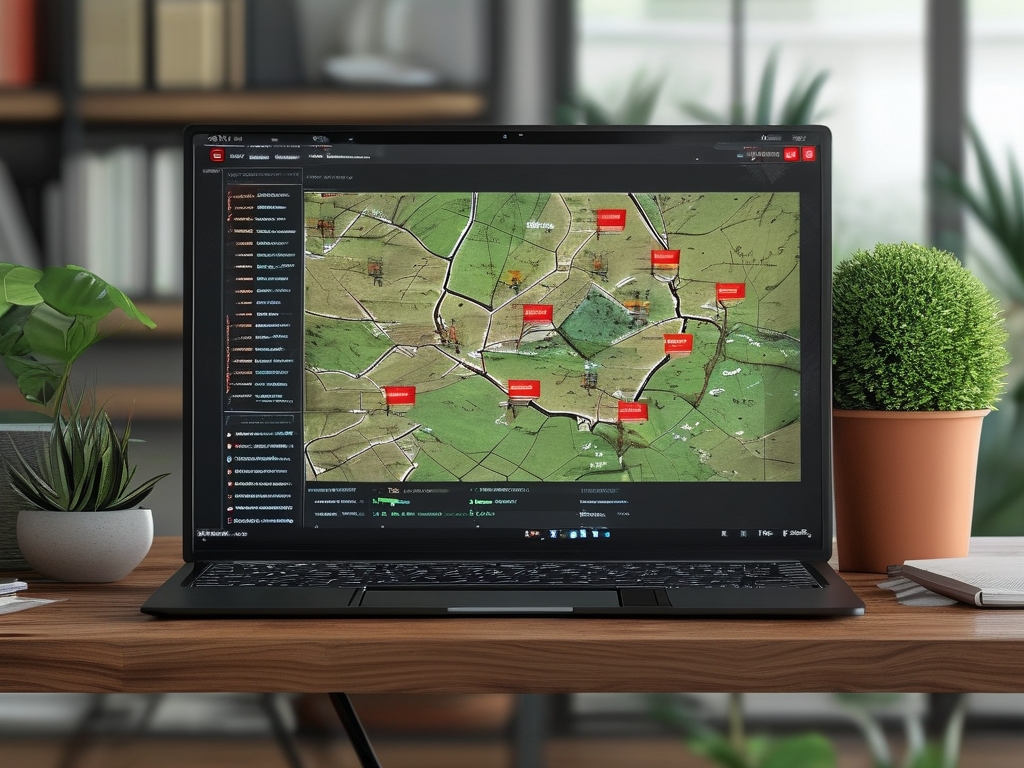The field of artificial intelligence has witnessed remarkable progress through the development of graph neural networks (GNNs), which excel at processing data structured as graphs. Unlike traditional neural networks designed for grid-like data, GNNs capture complex relationships in social networks, molecular structures, and recommendation systems. This article explores emerging trends, practical implementations, and persistent challenges in GNN research while highlighting its transformative potential across industries.

Foundations of Graph Neural Networks
Graph neural networks operate by propagating information through nodes and edges, leveraging message-passing mechanisms to aggregate features from neighboring nodes. This architecture enables GNNs to handle irregular data topologies effectively. For instance, in drug discovery, GNNs analyze molecular graphs to predict chemical properties, accelerating the identification of viable compounds. Early models like Graph Convolutional Networks (GCNs) laid the groundwork, while newer variants such as Graph Attention Networks (GATs) introduce adaptive weighting to prioritize critical connections.
Breakthroughs in Model Architecture
Recent innovations focus on enhancing GNN scalability and accuracy. Dynamic graph processing techniques now address evolving networks like real-time traffic systems, where node connections change continuously. Researchers have also developed hybrid models combining GNNs with transformers, enabling better long-range dependency capture. A 2023 study demonstrated that these hybrid systems improve fraud detection in financial networks by 18% compared to conventional methods. Additionally, unsupervised GNN frameworks reduce dependency on labeled data, making them viable for domains with scarce annotations, such as rare disease prediction.
Cross-Domain Applications
GNNs are revolutionizing diverse sectors. In e-commerce, platforms deploy GNN-based recommenders that map user-item interactions as bipartite graphs, achieving personalized suggestions with 30% higher click-through rates. Urban planners utilize GNNs to simulate traffic flow graphs, optimizing signal timings to reduce congestion by up to 25%. Another breakthrough emerged in climate science, where GNNs model atmospheric data as spatiotemporal graphs to forecast extreme weather events with unprecedented precision.
Persistent Challenges
Despite progress, GNNs face limitations. Over-smoothing—a phenomenon where node features become indistinguishable after multiple propagation layers—remains a key hurdle. Techniques like residual connections and differential propagation are under investigation to mitigate this issue. Computational efficiency is another concern, as training large-scale graphs demands substantial resources. Recent frameworks like GraphSAGE and Cluster-GCN address this through neighborhood sampling and graph partitioning strategies. Privacy risks also emerge when handling sensitive graph data, prompting research into federated GNN training that preserves data locality.
Future Directions
The integration of GNNs with quantum computing shows promise for solving combinatorial optimization problems in logistics and supply chains. Meanwhile, explainable AI (XAI) methods tailored for GNNs aim to demystify decision-making processes, crucial for healthcare and legal applications. Industry-academia collaborations are expected to drive standardization efforts, with initiatives like the Open Graph Benchmark facilitating reproducible research.
In , graph neural networks represent a paradigm shift in AI's ability to interpret relational data. As algorithmic refinements and hardware advancements converge, GNNs will likely become ubiquitous in solving real-world problems that demand an understanding of interconnected systems. Stakeholders across sectors must monitor this evolving landscape to harness its full potential.



